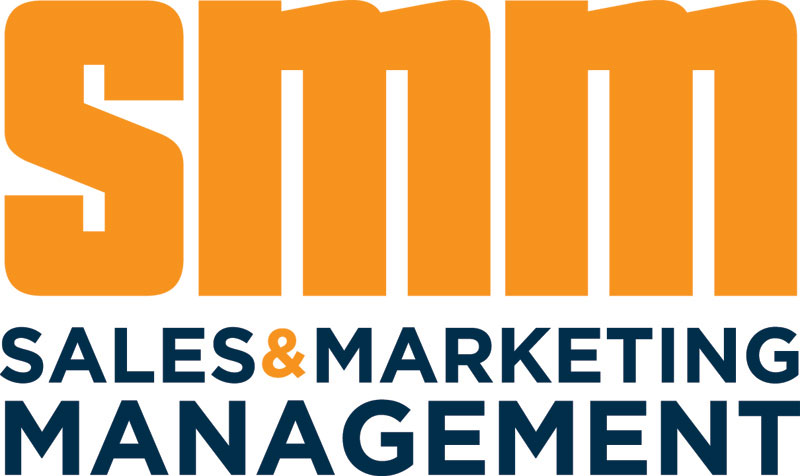White Papers & eBooks
|
Able, adjusted, all systems go, apt, equipped, fit, in order, organized, planned, prepared, primed, qualified, rehearsed, set.
These are all synonyms for the word ready. The question is, can you really be sure that these words apply to your sales team?
To help you not only shift the way you think about sales readiness, but actually take steps towards ensuring your own sales organization’s readiness, we have compiled 22 tips to guide you.
|
|
Just as B2B sales strategies must adapt to increasingly savvy buyers, sales training must change too. This brief discusses how newer training content and methods can result in a better, smarter sales force.
|
|
Ask a CEO to name his or her organization's most important asset and you're sure to hear "our people," followed closely by "our customers." Everything else takes a backseat, and yet few books are written about how these two most valuable assets interact, engage, align, collaborate, innovate, and create value together.
Beyond the Sales Process focuses on the frontline of engagement with customers. It is specifically intended for salespeople, account managers, their managers, and sales leaders, as well as others who have responsibilities and pressures associated with developing and winning business, and those who are tasked with extending and expanding their relationships with customers. In the case studies that follow each section, you'll learn how top companies engage differently and grow successful customer relationships based on collaboration, innovation, and mutual value creation and co-creation.
These case studies provide an in-depth perspective on how industry leaders across the globe engage, win, and grow with their customers. Adecco Staffing U.S., BNY Mellon, Hilton Worldwide, Honeywell Building Solutions, Merck/MSD, Panasonic Corporation, Securian Financial Group-Group Insurance, Siemens AG, and Zurich Insurance Group have generously provided us with their stories.
While this book is largely intended for those who want to consistently be at the top of their professional peer groups and are willing to consider new ideas to help them succeed, it will also be of value to the managers and leaders who motivate, coach, and support the efforts of their teams. Thus, this book is for those customer-facing professionals who need to drive their performance to the next level of effectiveness.
Click VIEW below to download these valuable strategies.
|
|
Research shows that effective sales coaching can dramatically improve the performance of sales teams - in some cases driving up revenues by 20% or more. But all too often sales organizations find it challenging to develop a sales coaching program that's embedded in a coaching culture.
Read this 5-page white paper and learn best practices and strategies for developing an effective sales coaching program for your sales organization.
In this whitepaper you will learn how to:
Implement a proven sales coaching model
Create a coaching culture
Use metrics to maximize the ROI on coaching
Turn sales managers into great coaches
|
|
Many companies approach orientation like it's a formality. It has to be done, but no one wants to waste too much time on it. So, new employees are ushered in, given a quick tour of the office and a rundown of the benefits offered, and then they're expected to get right to work. It seems leaders assume that more detailed information on things like the company's processes and customers will simply be absorbed by new hires as they go along.
|
|
Analytics are at the heart of a modern data-driven business.
When it came to content, we used to rely almost entirely on anecdotes and guesswork. That is no longer good enough - content is at the heart of the sales and marketing process and we must know how it is being used and how it is performing.
Marketing Automation tools made that a reality for marketing content. They let marketers analyze and optimize content marketing efforts during the first half of the sales cycle, providing analytics to show how effectively content moves customers through the funnel. But until recently, as soon as a deal was handed off to the sales team, it entered a content black hole.
There has been no way to answer very basic questions about sales content. Do reps have what they need? Do they use it? Do customers pay any attention to it? Does any of this actually generate real revenue? Even in our increasingly data-driven world, sales content has remained back in the days of guess and hope. But an emerging set of Sales Enablement platforms has changed that. They manage sales content throughout your sales engagements and use analytics to give you full visibility into how that content performs.
This guide walks through eight reports that answer the key business questions about sales content and shows how to use them to optimize the way your company engages with customers.
|
|
Industry research shows that effective sales coaching can dramatically improve the performance of a sales team - in some cases driving up revenues by 20% or more.
The reason for such potential improvements is the significant "multiplier effect" sales organizations can achieve through sales coaching: one trained manager can coach multiple sales professionals and improve their overall performance. With such potential benefits it is no wonder that many sales organizations recommend that their frontline sales managers spend 25% - 45% of their time sales coaching.
The High Impact Sales Coaching Guide provides expert advice on essential sales coaching skills to help sales managers effectively empower their teams to reach their highest potential.
|
|
Sales enablement, while useful, is ad hoc in practice, thereby neglecting to provide structure to any sales process. Without proper guidance to put your initiatives into practice, your efforts will inevitably fall short and will inadvertently lead to the opposite of structure: chaos. Similarly, many sales processes today are stuck in the why - or in the chaos of poorly defined processes, ad hoc efforts, and unrecognized returns. In other words, sales leaders continue to work overtime on enabling their salesforce with repetitive maintenance strategies, while not spending nearly enough time on executing effectively to grow and scale their sales initiatives.
|
|
Regardless of industry, organizations are starting to recognize the value of big data and how they can use it to gain new insights about their business. CITO Research has surveyed Qlik customers in healthcare, banking, securities & investments, insurance, telecommunications, and retail. Download this white paper to learn more about how they are harnessing the power of big data to generate business benefits and competitive differentiators.
|
|
Charts and graphs are an incredibly powerful way to present your data, but even minor mistakes can bury your insights in clutter and confusion. This e-book will help you tell a clear and compelling story every time with critical tips on color choices, choosing formats for different data types, avoiding "chart junk," and more.
|






















